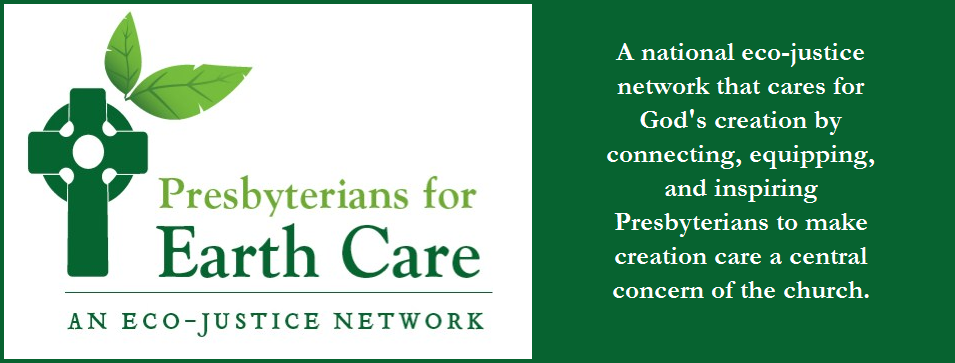By Mindy Braun
When a fellow spiritual director told me about a book she was reading, my life and heart opened up in a new and exhilarating way. I began reading Church of the Wild by Victoria Loorz. It’s her story of being a spiritual director and pastor, longing for something beyond her experience of church. When she writes, “I longed for church to be a place where Mystery is experienced not explained…” I heard my own heart echoed.
After
telling others in the Journey Center community about wild church and seeing
there was a resonating “YES!” in people’s hearts, Wild Journey was born in December
2022! This is the description you will find on our webpage:
Wild Journey is an
emerging community of those who are returning to nature as spiritual practice.
We are Christ-centered AND welcoming to all spiritual paths. We are not led by
doctrine or dogma, but by the Divine Mystery that dwells in us all. We meet
outside in various locations within the Laguna de Santa Rosa watershed and seek
to reconnect with the sacredness of earth, honoring the Divine Presence in all
beings.
Our gatherings offer
opportunities for contemplation, grief and praise, movement and song, solo
wandering and wondering, advocacy, ecological restoration, and activism on
behalf and in collaboration with the beloved others in our watershed. Children
are welcome to participate or play nearby. All are welcome.
We meet once a month
within the Laguna de Santa Rosa watershed; usually the first or third Sunday of
the month. Wild Journey is an expression of Journey Center Santa Rosa and is a
part of Wild
Church Network.
There
are four movements within our time together:
·
Gathering & Grounding – Welcome, Invocation of the watershed, introductions and
gratitude, 7-direction prayer
·
Reading & Reflection – Reflections on the season we are in and poems to ponder
·
Wandering & Wondering, - 30 minutes to wander and listen to nature speak
·
Sharing & Sending – return to the circle to witness how the Spirit moved in each
other and then a closing song to send us out
“Popping up all over the land, like wild
mushrooms after a spring rain, Wild Church communities are responding to a call
from deep within to change the way we relate to the natural world, moving
‘from a collection of objects, to a communion of subjects’ – Thomas
Berry
In this age of mass extinctions, we feel compelled by the
love of Christ to invite people into intimate relationship with some of the
most vulnerable victims of our destructive culture: the land, waters, and
creatures with whom we share our homes.
New Wild Churches are emerging all the time, offering
invitations to reconnect with the natural world. As kin. As sacred. As beloved
co-participants in a larger story of grace and inter-being.
Mindy Braun is the Executive Director of Journey
Center Santa Rosa. She graduated with the 2021 Cohort of the Journey Center
Association’s
Spiritual Director Formation Program. Her passion is to create safe, sacred
spaces for all people to experience love and belonging.


.jpg)
.jpg)
.jpg)
.jpg)
.jpg)
.jpg)
.jpg)

